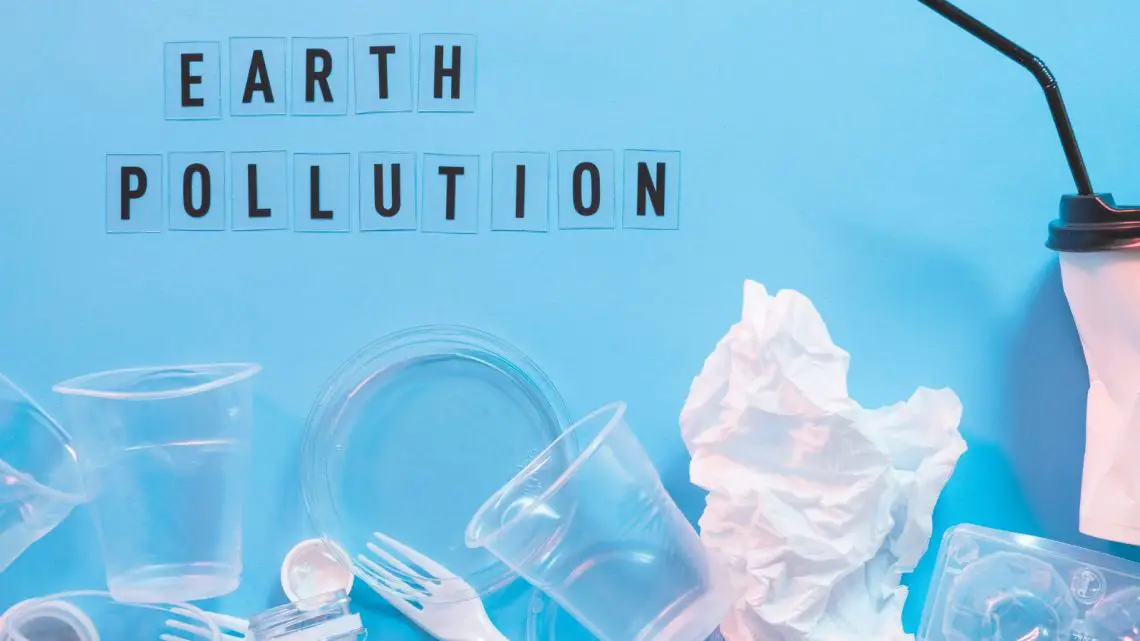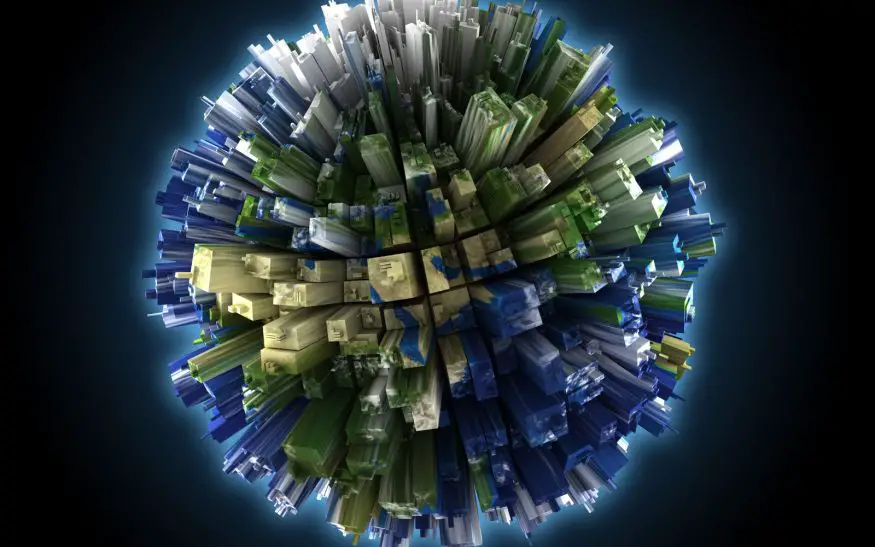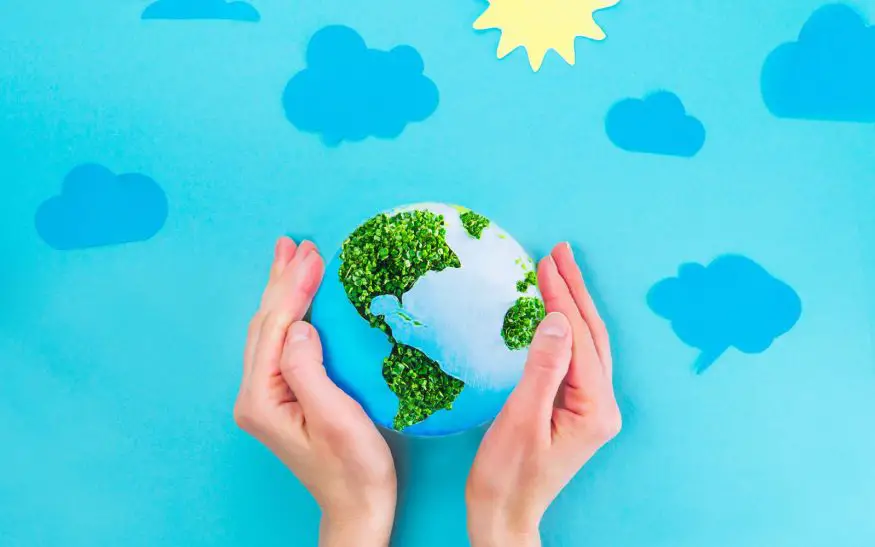
A look at environmental contaminants facing our world
September 28, 2022Our environment is constantly changing.
This truth cannot be denied. Be that as it may, as the environment changes, more attention must be paid to the problems that surround it. Given the gigantic overlap of characteristic disasters, warming and cooling periods, different weather patterns, and more, people need to be aware of the natural problems facing our planet.
Environmental pollution.
There are 7 main types of pollution: water, soil, pollution, radioactive radiation, light and heat, and these are the main causes that affect our environment in different ways. All of these types of pollution are interrelated and affect each other. So we have to fight them all together. Soil, water, and soil pollution take millions of years to recover. Industrial and automobile exhaust fumes are the number one toxins. The vast majority of metals, nitrates and plastics are poisons that pollution depends on.
There are many experts on YouTube who will discuss the topic of pollution and climate change. One way these people can get their point across is by investing in ad impressions, buy real YouTube subscribers or other engagement metrics so that they have more influencers listening to them as stakeholders themselves!
While water pollution comes from oil spills, acid rain, and urban runoff, air pollution comes from various gasses and toxins emitted by industry and factories, and from the burning of fossil fuels; soil pollution is mainly caused by industrial waste, which removes important nutrients from the soil.

Depletion of natural resources
Another important current problem facing nature is the depletion of shared resources. We humans consume so many common resources that it takes almost 1.5 Earths to meet all of our needs. This will still increase in the future because of the tremendous industrialization in Asian countries such as India and China. The extensive use of conventional resources leads to a number of other natural problems such as industrialization, population growth and pollution. Over time, the depletion of characteristic resources will lead to a shortage of vital energy. Chemicals from many characteristic resources contribute to climate change. The use of fossil fuels emits greenhouse gasses, which in principle can cause global warming and climate change. Experts and technologists talk about this all the time.
Soil Degradation.
Around the world, food security depends on soils being in good condition to grow. The United Nations estimates that about 12 million hectares of farmland are severely degraded each year.
Ground cover is being damaged for many reasons. These include erosion, overcrowding by livestock, overexposure to pollutants, monocultures, soil compaction, land reuse, and more.
There is now a wide range of soil conservation and restoration techniques ranging from no-waste farming, crop rotation, and water retention to terracing.
Global Warming
Climate change, such as global warming, is the result of human activities such as greenhouse gas emissions. Global warming causes rising sea and land surface temperatures and thus natural disasters such as floods, melting polar caps, rising sea levels, and unnatural forms of precipitation such as flash floods, hurricanes, wildfires, droughts, excess snow, or desertification.

In Conclusion…
While it may seem like a daunting task, taking small steps to reduce our impact on the environment can make a big difference in the long run. We’ve all heard the saying “reduce, reuse, recycle” – and for good reason! Recycling is one of the simplest ways we can reduce our environmental impact. So let’s all do our part to recycle and help keep our planet clean. Together we can make a difference!



 With over 15 years of reporting hydrogen news, we are your premier source for the latest updates and insights in hydrogen and renewable energy.
With over 15 years of reporting hydrogen news, we are your premier source for the latest updates and insights in hydrogen and renewable energy.